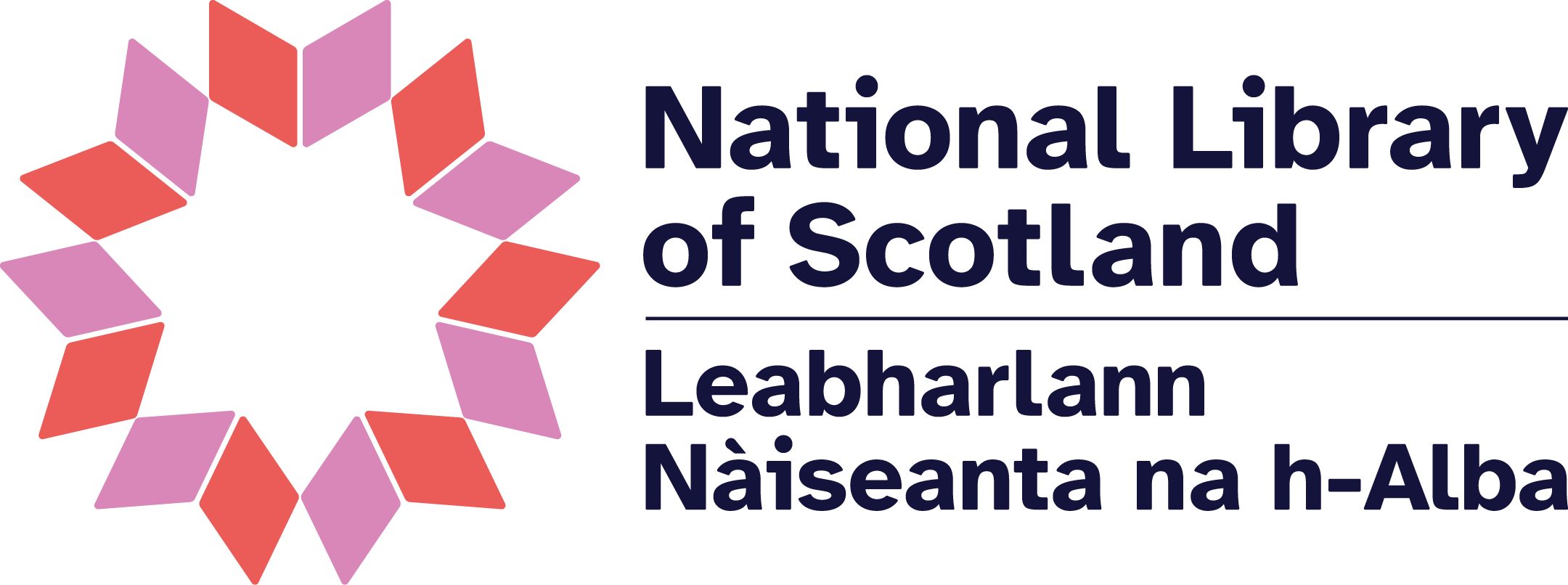
FROM RAGS TO RICHES – RARE MAP GOES ON DISPLAY
A disintegrating rare antique map, found during building work on a house in Aberdeenshire, is being put on public show after complex restoration work at the National Library of Scotland.
The near-ruined 17th century map was delivered to the Library bundled up in a plastic sack but, after painstaking work carried out over several months, the fascinating detail it contains is once more revealed.
Aberdeen schoolteacher and map enthusiast Brian Crossan, who handed it into the Library after builders had saved it from the skip, was reunited with the map today (March 13) when it went on public display for the first time.
The map has been removed from its original fabric backing, delicately washed and cleaned, and re-assembled with a new paper lining. Fragments that had fallen off, some much smaller than a postage stamp, have been re-attached.
“This is a truly amazing piece of work,” said Mr Crossan. “I would never have imagined that this could have been done. I was sure the map was beyond saving and it’s great to see it once more hanging proudly on a wall for everyone in Scotland to see, instead of abandoned and out of sight.”
It has been revealed to be a late 17th century wall map of the world produced by the Dutch engraver Gerald Valck and there are only two other known copies in existence.
It has become known as the chimney map because it was first said to have been found stuffed up a chimney. It now appears that it was found under a floorboard when a ceiling was taken down during renovations in the 1980s on a house that was once part of the Castle Fraser estate near Kemnay to the west of Aberdeen. The castle is now owned by the National Trust for Scotland and they have started their own investigations to try to find out more about how such an important map came to be found where it was.
While that work goes on, the public have the chance to see the restored map at the National Library in Edinburgh until April 17.
Clare Thomson, the conservator who worked on project, said she had strong doubts when she first saw the map about being able to salvage it. “Never have I worked on anything as bad as this. It was so fragmented, some of it was just like confetti,” she said.
The map was separated into eight sections to be able to work on it and has now been re-assembled to appear as it was originally intended. Although significant sections have completely disintegrated and been lost, enough remains to be able to tell a fascinating story.
“Maps were largely symbols of power at this time,” said Paula Williams, map curator at the National Library. “They were very expensive to make and even more expensive, relatively, for people to buy. Whoever owned this map wanted to display their own power.”
As the map is Dutch, it represents a world view as seen from Amsterdam, complete with colonial ambitions. Australia, for example, appears as New Holland and the rivalry with their old enemy Spain is represented by a depiction of atrocities committed by Spanish invaders in South America.
Dr Esther Mijers, a lecturer in history at the University of Edinburgh said: “This map throws up more questions than it can answer. It would be wonderful if people wanted to do more research on the map and its story.”
Two short films have been made by Trina McKendrick of Written in Film showcasing the conservation work and exploring the history of the map. Chimney map on public display - National Library of Scotland
- 'The chimney map' showcases the conservation work
- 'Unravelling the chimney map' explores the history of the map.
Contact Information
Notes to editors
Notes to Editors
National Library of Scotland
The National Library of Scotland is a major European research library and one of the world’s leading centres for the study of Scotland and the Scots - an information treasure trove for Scotland’s knowledge, history and culture.
The Library’s collections are of world-class importance. Key areas include digital material, rare books, manuscripts, maps, music, moving images, official publications, business information, science and technology, and modern and foreign collections. The Library holds more than 26 million physical items dating back over 1000 years in addition to a growing library of e-books, e-journals and other digital material. The collection includes over four million books, eight million manuscripts, two million maps and over 45,000 films and videos. Every week the Library collects around 4,000 new items. Most of these are received free of charge in terms of Legal Deposit legislation. Further information is available at www.nls.uk
